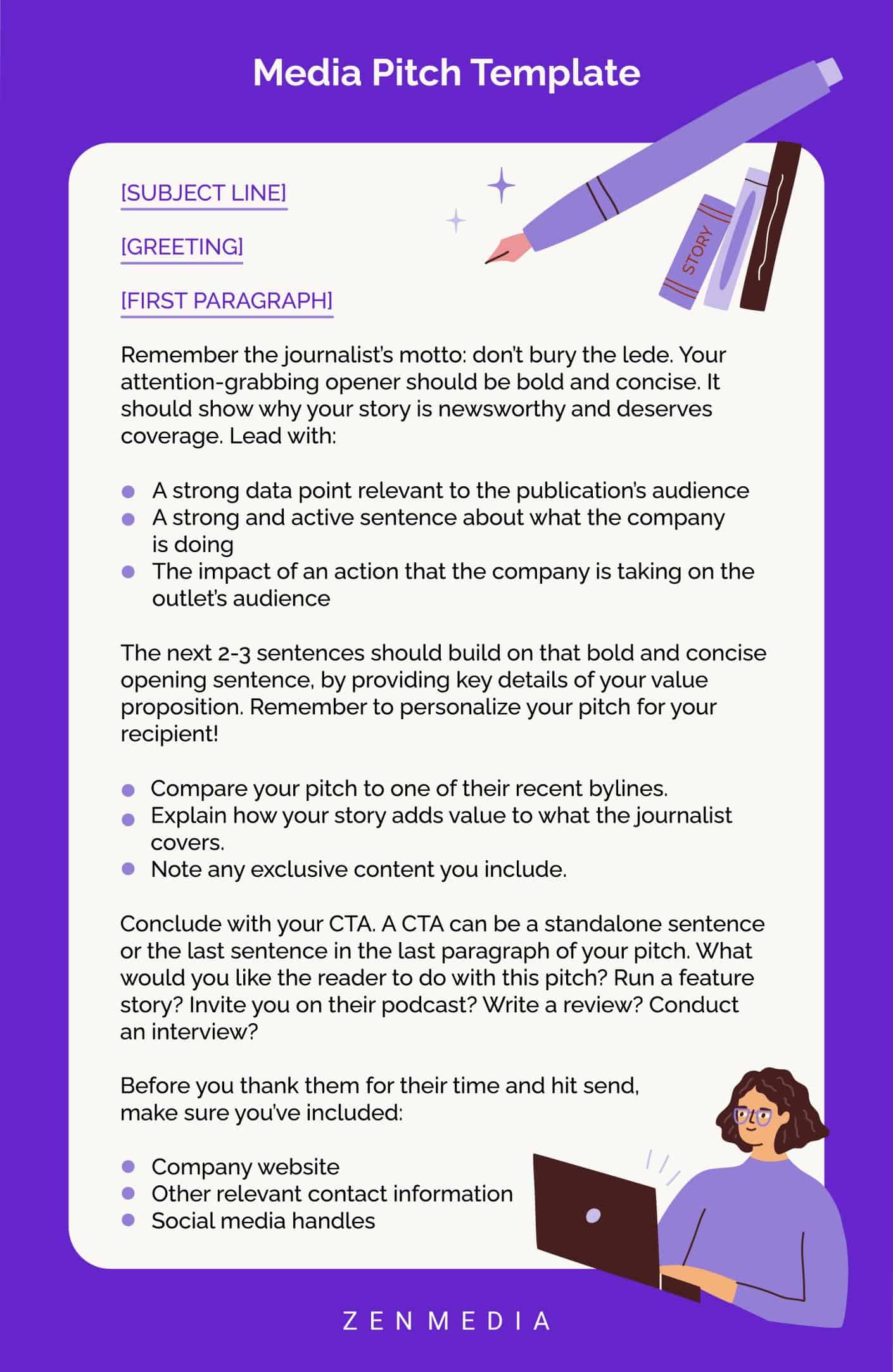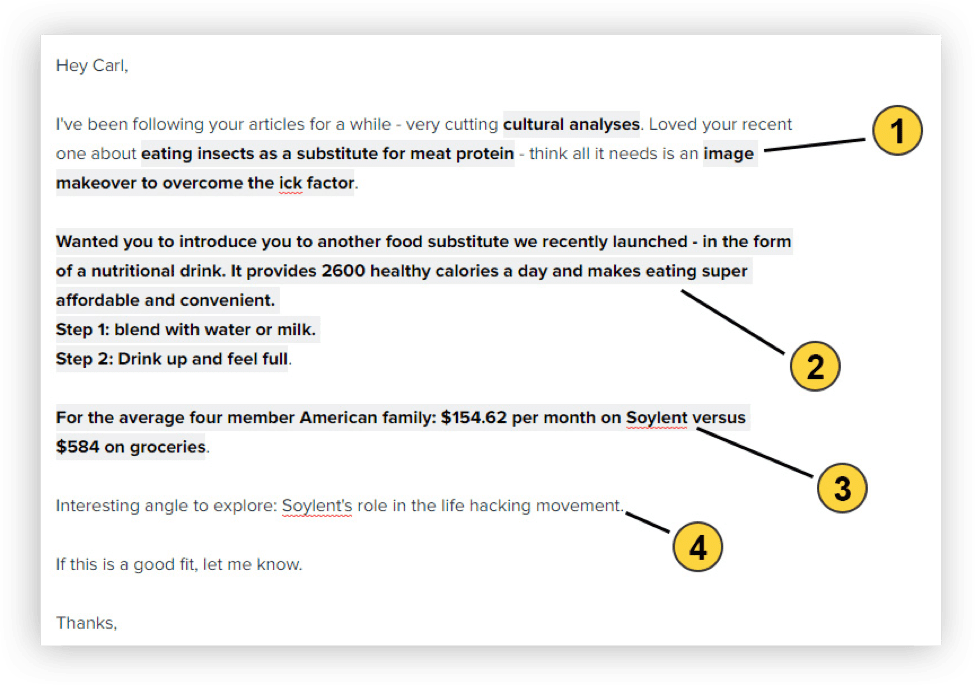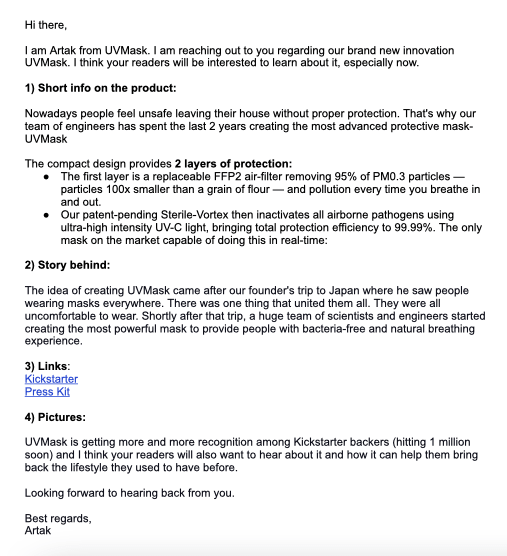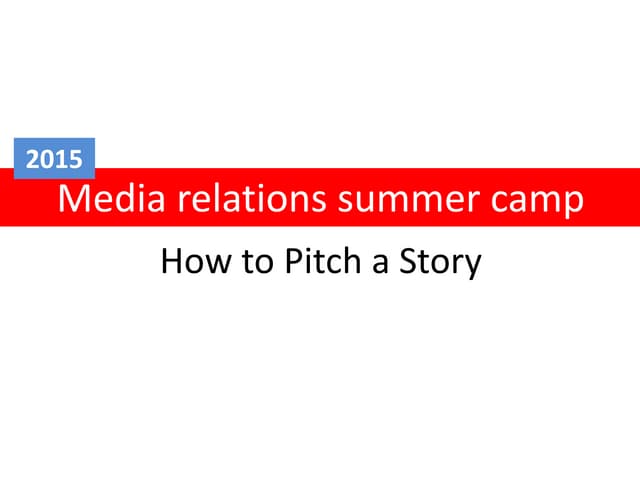How To Pitch A Story To The Media
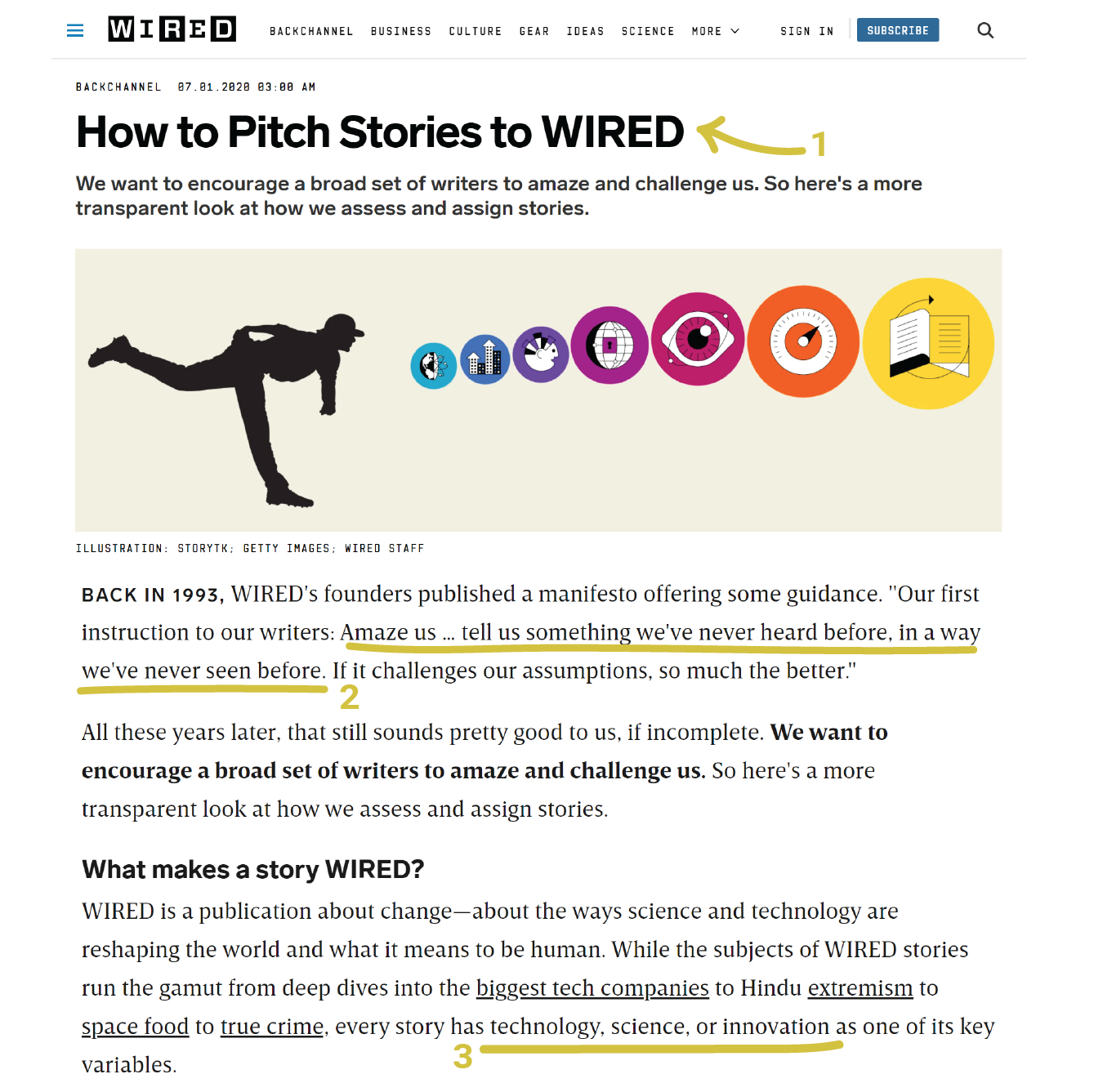
In today's hyper-connected world, securing media coverage is a vital component of success for businesses, organizations, and individuals alike. Yet, many struggle to break through the noise and land their stories in the hands of journalists and editors. The art of pitching a story effectively requires a nuanced understanding of media relations, news values, and persuasive communication.
This article dissects the essential elements of crafting a compelling pitch, offering insights into how to identify newsworthy angles, target the right media outlets, and cultivate lasting relationships with journalists. We will explore the critical strategies that separate successful pitches from those destined for the digital trash bin. This article offers a practical guide to mastering the art of getting your story told.
Understanding the Fundamentals of a Good Pitch
Before even thinking about crafting your pitch, it's critical to understand what journalists are looking for. The most fundamental aspect is newsworthiness. A story must be timely, relevant, impactful, or unusual to pique a journalist's interest.
Elements like proximity, human interest, conflict, and prominence also contribute to a story's newsworthiness. Is your story relevant to the audience of the media outlet you are targeting?
Consider the target audience and editorial focus of each outlet to ensure your pitch is a good fit. According to a 2023 study by Muck Rack, 61% of journalists prefer to receive pitches via email, emphasizing the importance of a well-crafted and personalized email strategy.
Crafting a Compelling Narrative
A strong narrative is the backbone of any successful pitch. Your pitch should clearly and concisely communicate the core message of your story.
Think of it as a hook that grabs the journalist's attention and compels them to learn more. Avoid jargon and overly promotional language.
Instead, focus on highlighting the human element or the broader significance of your story. A compelling narrative should address the "who, what, where, when, why, and how" of your story in a clear and engaging manner.
The Anatomy of an Effective Pitch Email
A well-structured pitch email is crucial for making a positive first impression. Start with a strong subject line that is both concise and attention-grabbing. The subject line should be personalized, not generic.
Address the journalist by name and demonstrate that you are familiar with their work. In the body of the email, keep your pitch brief – ideally, no more than a few paragraphs.
Clearly state the purpose of your email and highlight the key elements of your story. Include relevant data, quotes, or visuals to support your pitch. Remember to tailor each pitch to the specific journalist and outlet.
Targeting the Right Media Outlets
One of the most common mistakes in media relations is pitching stories to outlets that are not a good fit. Researching potential media targets is essential for ensuring your pitch reaches the right audience. Identify outlets that cover similar topics or industries as your story.
Pay attention to the journalist's beat and previous articles to ensure your pitch aligns with their interests. Use media databases like Cision or Meltwater to find relevant journalists and their contact information.
According to a survey by Fractl, journalists receive an average of over 50 pitches per day, highlighting the importance of strategic targeting to stand out from the crowd. Consider reaching out to smaller, niche publications that may be more receptive to your story.
Building Relationships with Journalists
Media relations is not just about sending out pitches; it's about building relationships with journalists. Follow journalists on social media, engage with their content, and offer helpful information and resources.
Attend industry events and conferences to network with journalists in person. When contacting a journalist, be respectful of their time and deadlines.
Avoid being pushy or demanding, and always be professional and courteous. A strong relationship with a journalist can lead to ongoing media coverage and valuable insights into the media landscape. Remember that journalists are not your friends. They are sources of information, and you should treat them with respect.
Avoiding Common Pitching Mistakes
Many well-intentioned pitches fail because of common mistakes. One of the most frequent errors is failing to personalize the pitch. Generic, mass-produced emails are easily ignored.
Another mistake is pitching a story that is not newsworthy or relevant to the target audience. Ensure your story has a clear angle and that it aligns with the outlet's editorial focus. Proofread your pitch carefully for typos and grammatical errors.
A poorly written pitch can damage your credibility and make journalists less likely to take you seriously. Avoid exaggerating or making unsubstantiated claims in your pitch. Always be honest and transparent in your communication with journalists. According to a 2022 report by Agility PR Solutions, journalists highly value accuracy and transparency in their sources.
Measuring and Refining Your Pitching Strategy
Effective media relations requires continuous monitoring and refinement of your pitching strategy. Track your pitching efforts to see which outlets and journalists are most responsive. Use media monitoring tools to track mentions of your company or organization in the media.
Analyze the results of your pitching campaigns to identify what works and what doesn't. Experiment with different pitch angles and subject lines to see what resonates best with journalists. Gather feedback from journalists and editors to improve your pitching skills.
By continuously learning and adapting, you can increase your chances of securing media coverage and achieving your communications goals. According to a 2024 study by Prowly, companies that regularly analyze their media coverage are more likely to achieve their communications objectives.
In conclusion, pitching a story to the media is both an art and a science. By understanding the fundamentals of newsworthiness, crafting compelling narratives, targeting the right media outlets, and building relationships with journalists, you can significantly increase your chances of securing media coverage. Avoiding common pitching mistakes and continuously refining your strategy are also essential for long-term success. By mastering these skills, you can harness the power of the media to amplify your message and achieve your communication goals.

